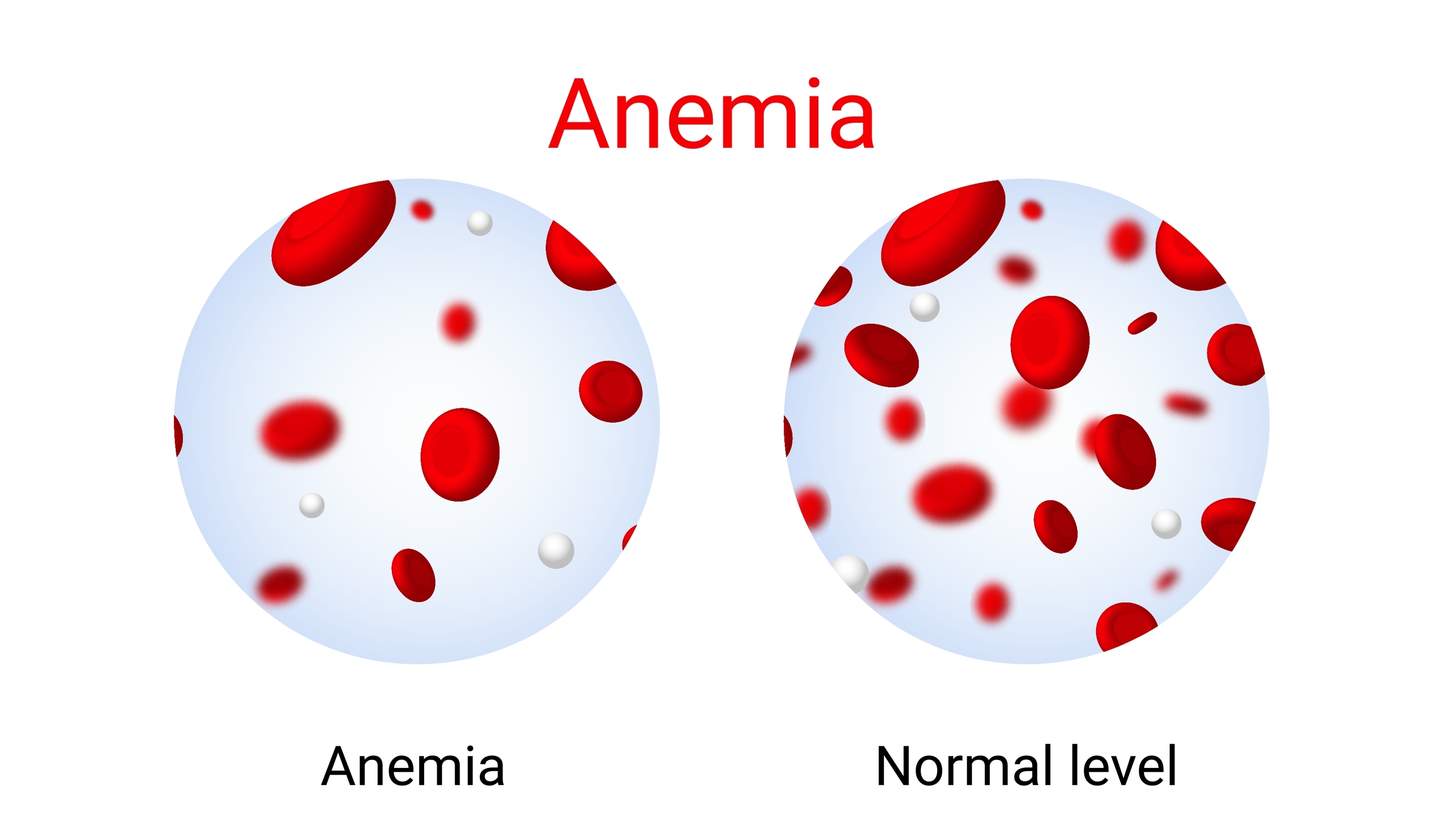
Summary
What is iron and why do we need it?
Your body needs iron for daily activities, growth and development. It uses iron to make haemoglobin in red blood cells. Red blood cells carry oxygen through the bloodstream from the lungs and release it to where it is needed in the body.
Our bodies cannot make iron. It must be absorbed from our diet or from supplements. The amount of iron we absorb is decided by our body's needs. We normally use just a little bit of iron each day and we don’t have a way of getting rid of excess iron. Instead, the body closely controls iron levels by regulating how much iron is absorbed from our food.
How iron is taken up and used
Since red blood cells live for an average of about 120 days, the body needs a constant supply of iron to maintain haemoglobin levels. Dying red blood cells are recycled and old haemoglobin is broken down to rebuild iron supplies.
Why get tested?
When iron stores are low, transferrin levels increase, and when there is too much iron, transferrin levels decrease. Total iron binding capacity (TIBC) is an older test that is sometimes still used. TIBC and transferrin give the same information — the amount of iron capable of being transported in the blood.
Having the test
Sample.
Blood.
Any preparation?
None.
Your results
Reading your test report
Your results will be presented along with those of your other tests on the same form. You will see separate columns or lines for each of these tests.
It is not possible to accurately interpret transferrin or TIBC results without looking at other tests in the iron studies group.
High transferrin or TIBC
A high transferrin or TIBC may be due to iron deficiency. When the body lacks iron it increases its ability to transport iron by stepping up transferrin production.
However, a high transferrin or TIBC may not be due to iron deficiency. For example, transferrin levels increase during pregnancy. Transferrin levels may also increase as a side effect of some medications.
For these reasons, your doctor will look at all the results in the iron studies profile to see if the overall pattern suggests iron deficiency or another cause.
Low transferrin or TIBC
The most common cause of a low transferrin is acute inflammation. Transferrin production by the body decreases during a period of inflammation, such as after recent surgery, during an infection, or if you have an autoimmune condition.
A low transferrin is also seen if you have too much iron, called iron overload. Other results in the iron studies profile such as a high ferritin and high transferrin saturation may also indicate iron overload.
| What your iron studies results may show. | ||||
| Disorder | Ferritin | Iron | TIBC or Transferrin | Percentage of transferrin saturation |
| Iron deficiency and iron deficiency anaemia | Low | Low | High | Low |
| Haemochromatosis | High | High | Low | High |
| Chronic illness | Normal or high | Low | Low | |
| Haemolytic anaemia | High | High | Normal or low | High |
| Sideroblastic anaemia (a rare blood disorder that affects how your body produces red blood cells). | High | Normal or high | Normal or low | High |
| Iron poisoning (usually only seen in young children who swallow iron tablets because they look like lollies). | Normal | High | Normal | High |
Reference intervals
Your results will be compared to reference intervals (sometimes called a normal range).
If your results are flagged as high or low this does not necessarily mean that anything is wrong. Blood test results must be interpreted with an understanding of your own particular symptoms and clinical situation. For this reason, your results are best interpreted by your own doctor.
Questions to ask your doctor
The choice of tests your doctor makes will be based on your medical history and symptoms. It is important that you tell them everything you think might help.
You play a central role in making sure your test results are accurate. Do everything you can to make sure the information you provide is correct and follow instructions closely.
Talk to your doctor about any medications you are taking. Find out if you need to fast or stop any particular foods or supplements. These may affect your results. Ask:
More information
Pathology and diagnostic imaging reports can be added to your My Health Record.
You and your healthcare provider can now access your results whenever and wherever needed. Get further trustworthy health information and advice from healthdirect.
Pathology Tests Explained (PTEx) is a not-for profit group managed by a consortium of Australasian medical and scientific organisations.
With up-to-date, evidence-based information about pathology tests it is a leading trusted source for consumers.
Information is prepared and reviewed by practising pathologists and scientists and is entirely free of any commercial influence.